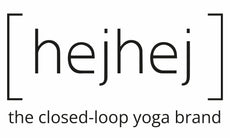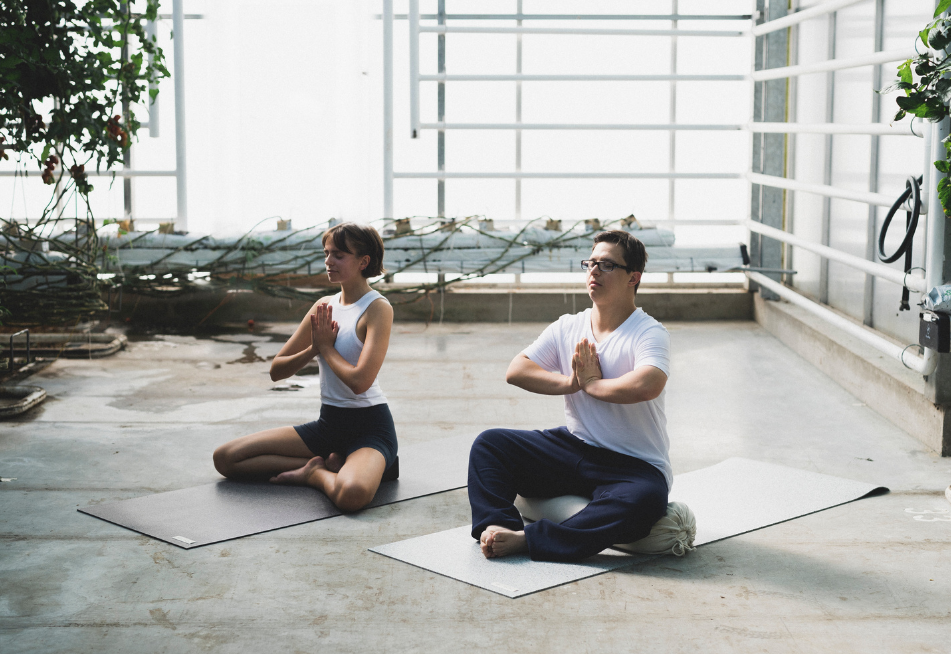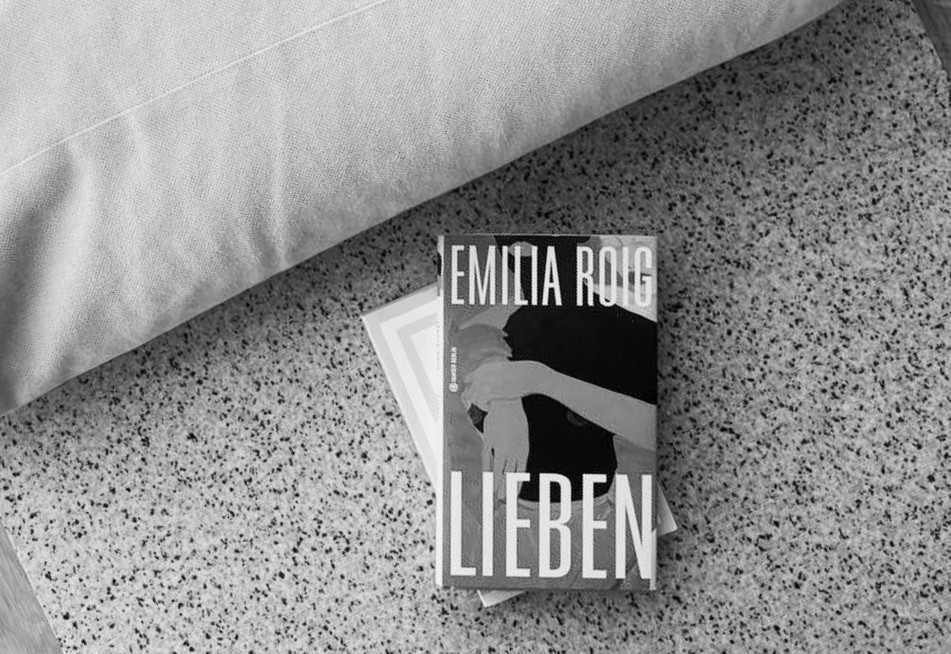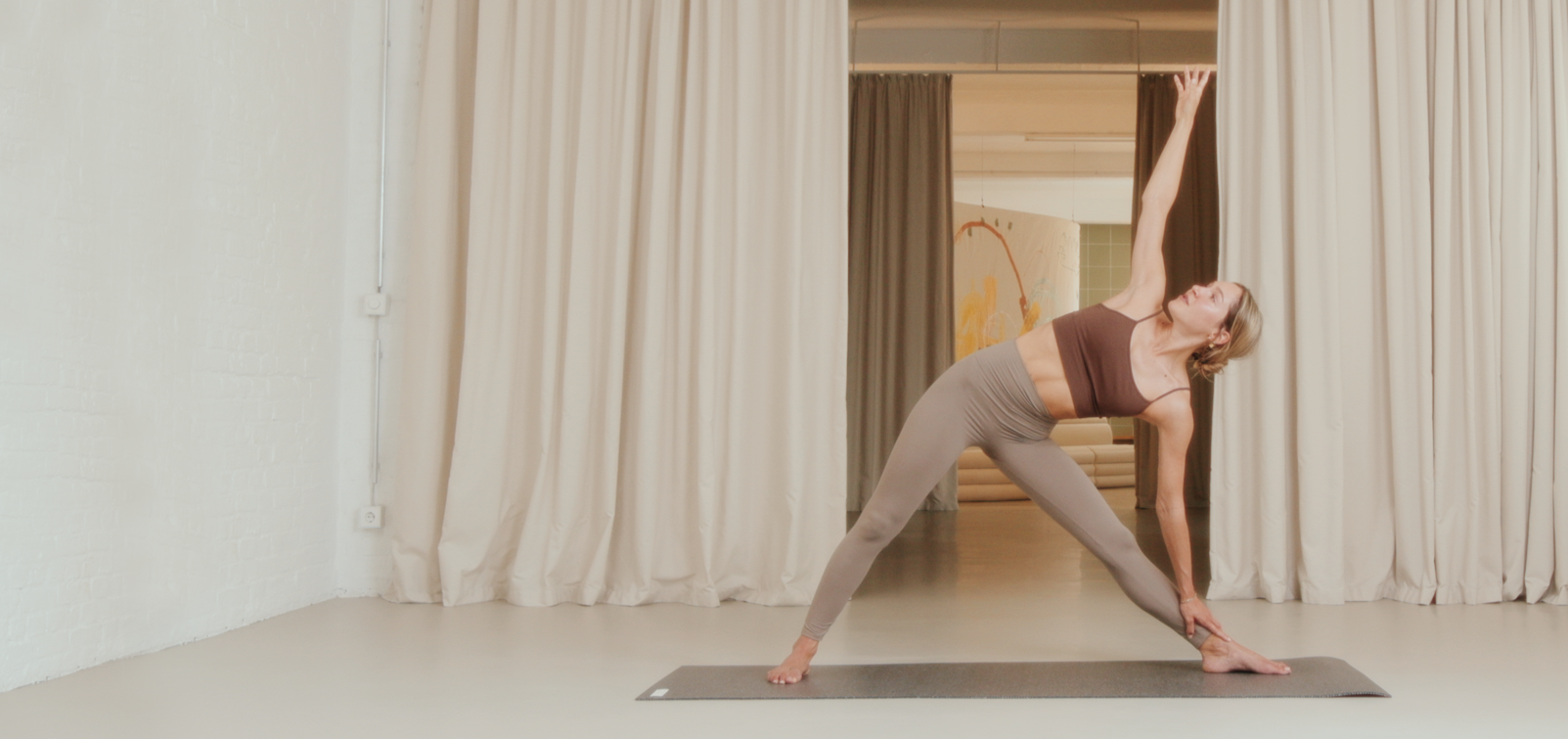We have another guest article from Lena Braun for you. Lena has worked a lot with hejhej in the past and we are very impressed by her therapeutic and anatomical perspective. Lena is a physiotherapist and has specialized in the field of neuroorthopedics. This means that she works primarily with children and adults who have congenital or acquired neurological diseases. Below she tells you why good yoga equipment is so important and useful.
Good yoga equipment
Different aids are needed for yoga practice. Mats , bolsters or meditation cushions help participants to relax in an asana, actively release body weight and thereby improve their own body awareness. Blocks or straps can improve the biomechanical starting position of an asana and thus support alignment.
Yoga equipment should not be used to go into areas where you feel uncomfortable or unsafe. Aids in yoga are used specifically and serve as support. This article gives you a brief overview. Yoga equipment is increasingly used, especially in Iyengar yoga or during Yin yoga practice .
How can a yoga bolster support you in your practice?
In restorative, relaxing yoga poses (e.g. Balasana or forward bend), a bolster can help promote deep relaxation. It can allow you to stay in the asana longer because it provides additional support for the body, takes weight off, and relieves pressure and tension from joints and muscles. Active release is often possible now so you can delve deeper into relaxation. It allows for a gentler stretch of the connective tissue without placing unnecessary stress on the body. This is especially useful for beginners or people with physical limitations. The bolster can help you perform the asana in the correct alignment. It also helps you to be more aware of your own body in the position, thus promoting body awareness.
In other asanas, a bolster can be used to open the chest and promote deeper breathing, which in turn contributes to deep relaxation.

How can a yoga block support you in your practice?
Yoga blocks can help you to expand your range of motion, as they can be seen as an extension of the arms and legs. They therefore help to ensure the correct biomechanical alignment of the individual joints in an asana. People with physical limitations or reduced flexibility can safely perform the asana despite their limitations with the help of a block.

How can a yoga strap support you in your practice?
A belt can help to keep the body in the correct alignment. The belt often makes it possible to completely "drop" in an asana and release your own weight. Stretches can be performed more intensively and in a more controlled manner. Belts can also offer more stability and control. At the same time, like bolsters, they can be used to completely relax in restorative positions.

To the asana in the photo
The belt can be a support here, allowing you to bend your hips and knees more deeply and at the same time feel the tension between the outer edge of the back foot and the front leg. It promotes awareness of your own body position and gives you confidence in the execution. To do this, put the belt in a large loop, point your front leg through it and put the belt close to your hips. The outer edge of the back foot forms the base of the other end. Bring your back foot back until you feel a pleasant tension, now you can also sink your hips deeper.

In our book " Therapeutic Yoga " by Daniel Völker, Lena Braun, Dorothea Hauswald and Gesine Ufkes we show you other possible uses of yoga equipment and how you can adapt asanas to your individual needs. The book gives you an overview of yoga in a therapeutic setting, yoga anatomy and the scientific principles of yoga. It also contains concrete yoga programs for specific goals and medical conditions.
Photo credits in this post: Isabel Wallace




